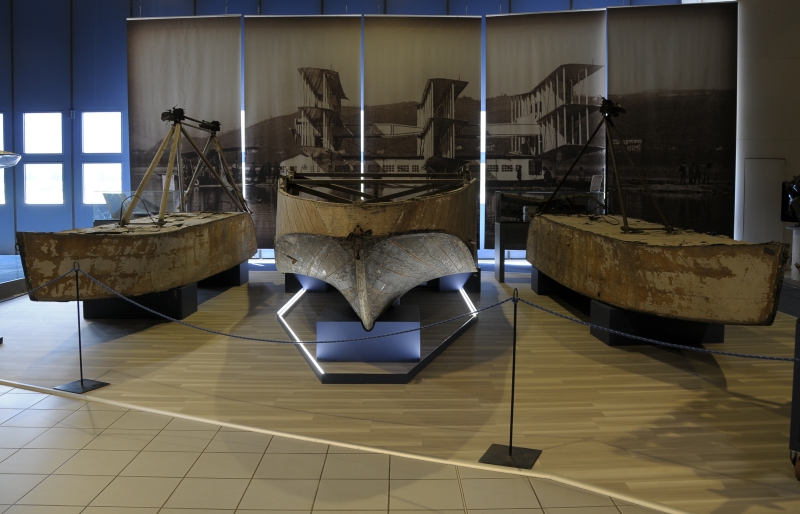In June of 1919, two daring British aviators made the world’s first successful non-stop flight across the Atlantic Ocean from North America to Europe using a modified Vickers Vimey airplane. In just 16 hours, they achieved what up until that point, required days to accomplish by ocean liner.
John Alcock and Arthur Brown’s transatlantic flight was celebrated around the world as a monumental achievement, but regular passenger carrying flights were still decades from becoming reality.
In 1919 flight was still in its infancy, and knowledge about aerodynamics and the mechanics of flight were still rudimentary. But a pioneering Italian aircraft builder named Giovanni Battista Caproni was convinced that he could design an airliner to fly passengers from Europe to America. But unlike Alcock and Brown’s heavily modified Vickers Vimey airplane, which carried mostly extra fuel, Caproni’s airliner would have room for 100 passengers and 8 crew members. Numbers that would’ve seemed absurdly ambitious for the era.
Caproni’s giant flying machine was constructed and ready for flight testing in early 1921. Designated as the Ca.60 Transaereo, it was likely the largest aircraft built up until that point. With it’s eight powerful engines and 9 wings arranged in a triple triplane configuration, the odd looking flying boat airliner captured the world’s imagination. To many, it would have seemed like a new era of mass air travel was just around the corner. But despite a brief successful test flight sometime in late February or early March, the Transaereo would ultimately prove to be a little too ambitious for it’s time. The Transaereo made two successful flights and only one successful landing. It would take another 20 years before regular passenger flights would begin in 1939 using Boeing 314 flying boat airliners.
The Caproni Ca.60 Transaereo, often referred to as the Noviplano (nine-wing) or Capronissimo, was the prototype of a large nine-wing flying boat intended to become a 100-passenger transatlantic airliner.It featured eight engines and three sets of triple wings.
Only one example of this aircraft, designed by Italian aviation pioneer Gianni Caproni, was built by the Caproni company. It was tested on Lake Maggiore in 1921: its brief maiden flight took place on February 12 or March 2.
Its second flight was March 4; shortly after takeoff, the aircraft crashed on the water surface and broke up upon impact. The Ca.60 was further damaged when the wreck was towed to shore and, in spite of Caproni’s intention to rebuild the aircraft, the project was soon abandoned because of its excessive cost.
The few surviving parts are on display at the Gianni Caproni Museum of Aeronautics and at the Volandia aviation museum in Italy.
Sources: YouTube; Wikipedia

